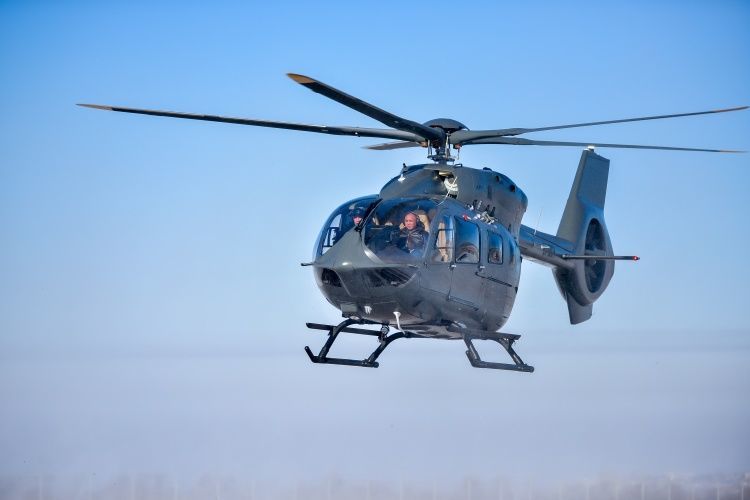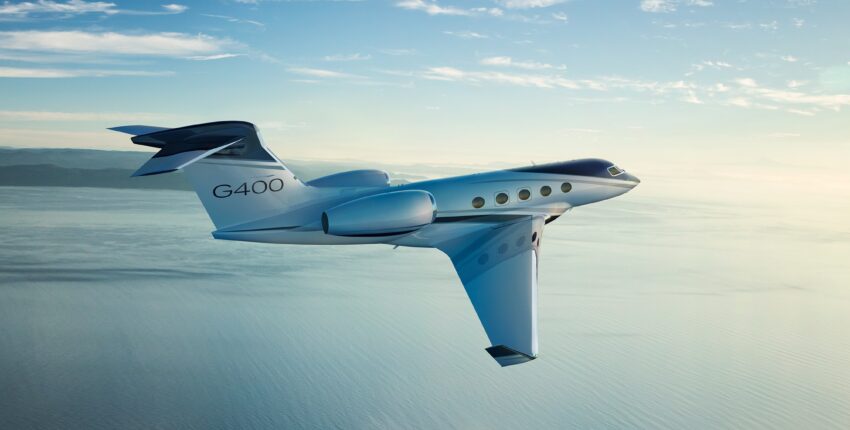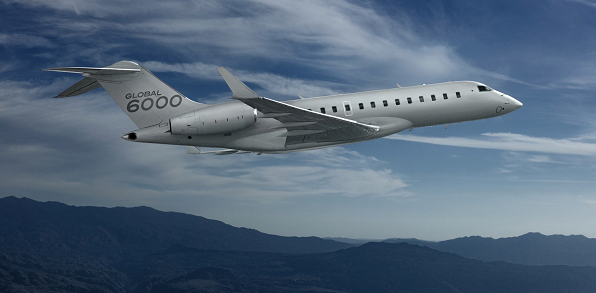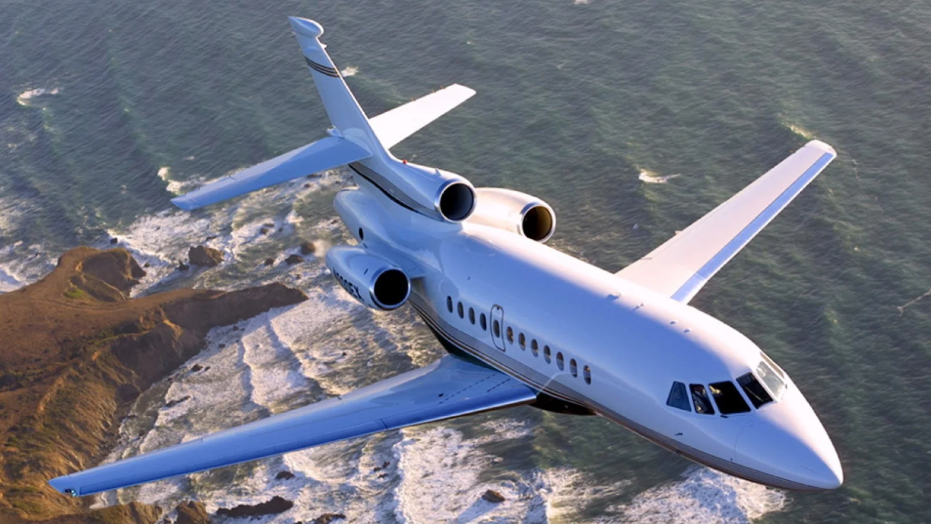The Gulfstream G450: The Jet That Bridged Generations
7 min read
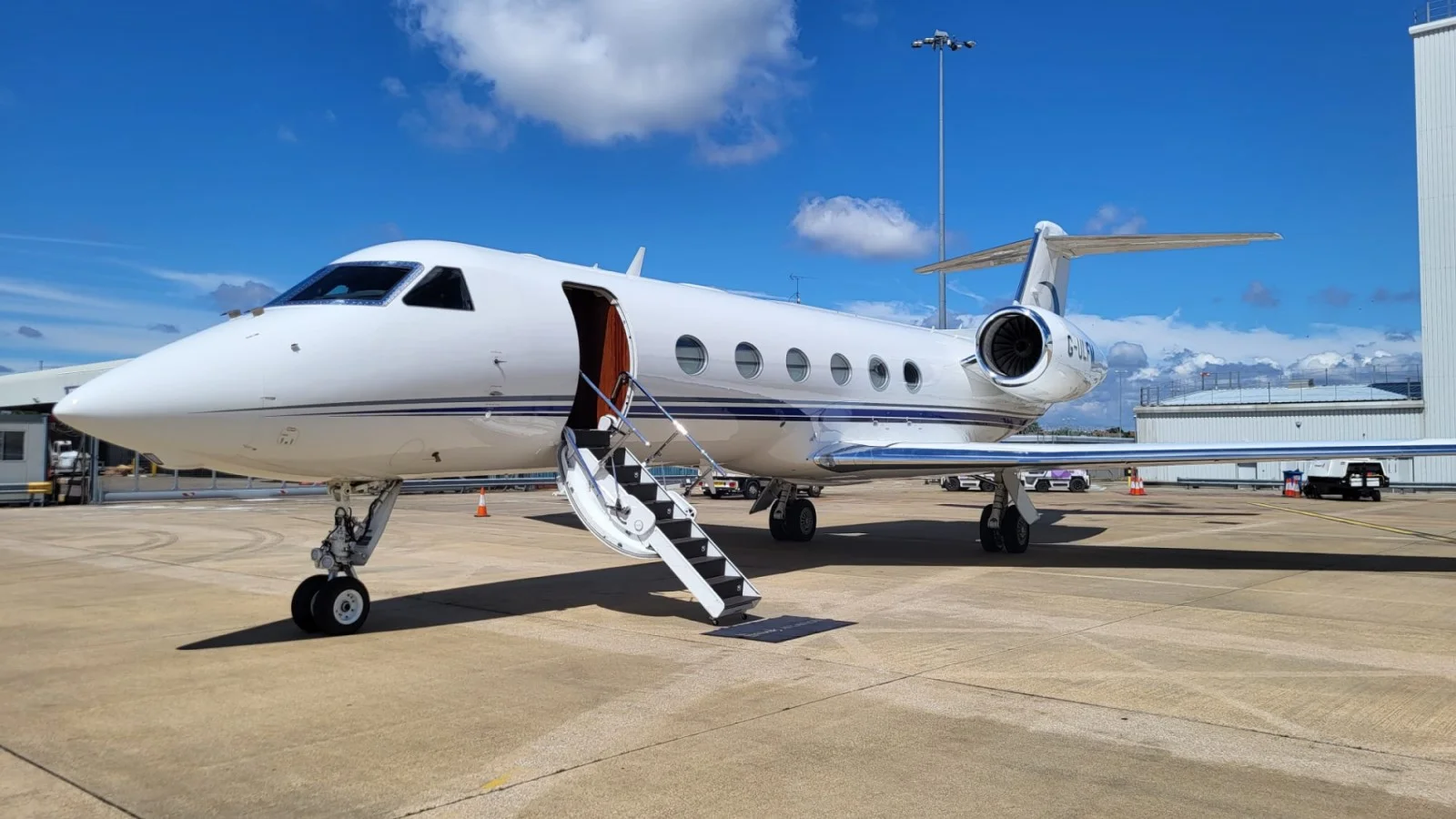
The Gulfstream G450 never really had the glamour of its bigger sibling, the G550. But ask around among pilots, owners or charter managers, you will hear a different kind of respect. It wasn’t the jet you bought to make a statement on the ramp. It was the one you bought because you wanted something that worked, day in and day out, without drama.
The Gulfstream launched it in 2004; the pitch was simple: take the proven GIV platform, sprinkle in just enough technology from the new G550. The result? You get a business jet that feels familiar but noticeably sharper. Some early buyers called it “a sensible choice” at the time, and frankly, they weren’t wrong.
Over its 13-year production run, 365 aircraft rolled out of Savannah. Now, that’s not a runway best-seller, but it’s enough to say Gulfstream got the formula right. In this review, we will take a deep dive into the Gulfstream G450 and how it bridged generations in the aviation industry.
First Impressions

If you’ve seen the Gulfstream G450 up close, you will probably notice something familiar about its stance. From certain angles, it looks like a slightly stretched GIV until you catch the nose and cockpit section, which are lifted straight from the G550. That little design choice gives the jet a more modern, almost sharper face, while the rest of the airframe feels comfortably recognisable.
On the ramp, the G450 doesn’t dominate the way a G650 does, but it also doesn’t disappear into the background. There’s a subtle presence about it. Pilots who have flown the jet have said the same thing: “It looks like it means business, but it's not showing off”.
Inside, the first impression isn’t about sheer size. It’s the light. Those signature oval Gulfstream windows, twelve of them, really do change the mood. The cabin feels less like a tube and more like a lounge with wings. You don’t have to be an aviation geek to notice it; even first-time passengers mention how “bright” and “open” it feels.
Of course, impressions aren’t everything. The G450’s reputation comes from what it can do and how it holds up in service. But if you’re just walking up to one for the first time, it strikes a balance: modern, reliable and quietly confident.
Where It All Started
The G450’s story begins, oddly enough, with a problem Gulfstream didn’t really want to admit at first. The problem was that, by the early 2000s, the GIV-SP was looking tired. It was still a solid aeroplane, but buyers with a budget for a large cabin jet were starting to eye competitors like Dassault's Falcon 900EX and Bombardier’s Global Express.
Gulfstream‘s answer wasn’t to toss out the old playbook. Instead, they went back to the GIV and asked, “What can we carry forward without embarrassing ourselves?” Internally, the project was called the GIV-X.
The plan was simple: stretch the fuselage just enough to improve the cabin, shave off weight in smart places and most importantly, borrow the cockpit and forward fuselage of the G550. That last decision was clever because suddenly the G450 looked and felt like a modern Gulfstream up front.
The first flight came in April 2003, and by 2004, the jet got its FAA certification. Deliveries began in 2005, right at a moment when many operators wanted something more capable than a G400 but didn’t want to stretch their budgets to a flagship G550.
Performance
On paper, the G450’s numbers don’t shock anyone; Mach 0.80 to 0.85 for cruise, a maximum speed of Mach 0.88 and a published range of about 4350 nautical miles with eight passengers. But the real story isn’t the headline figures; it’s how consistently the aircraft delivered them.
For instance, crews loved how quickly the jet could climb. Even when loaded to its maximum takeoff weight, the G450 could be at 41,000 feet in under half an hour.
Range is another sweet spot. Now, it won’t match the G550 across the oceans, but for real-world trips, such as New York to London, Los Angeles to Honolulu, or Sao Paulo to Miami, the range is more than enough.
Runway performance was a mixed bag. The G450 could slip into airports that some of its peers couldn’t, thanks to a respectable landing distance just over 3000 feet. But on hot days at high-altitude airports, the lack of leading-edge slats meant it needed more tarmac than a Falcon 900LX.
And then there’s efficiency. The jet has a fuel burn of around 400 gallons per hour, which sounds ordinary until you factor in the cabin size and payload flexibility. In practice, operators know that they aren’t flying the cheapest jet, but neither is it the thirstiest either.
Cockpit and Avionics
Step into the G450’s cockpit and the first thing that hits you is how much of it feels borrowed from the future, or at least from the G550. Gulfstream dropped the old-style panels and replaced them with the PlaneView flight deck, a Honeywell Primus Epic system spread across four bright, 14-inch LCDs.
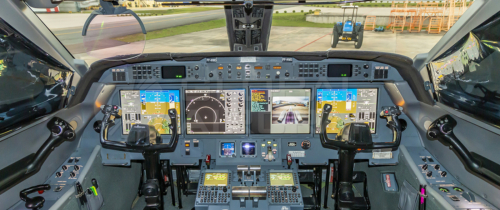
The layout is clean, but not cold. Gulfstream added a cursor control device that feels more like using a computer mouse than twiddling knobs. The head-up display with Enhanced Vision System (EVS) was another leap; you could actually see through the weather. That was groundbreaking in 2004, and it gave the G450 bragging rights as the first business jet certified with that kind of capability.
Under the hood, the Rolls-Royce Tay 611-8C engines are what give the G450 its backbone. Each delivers about 13,850 pounds of thrust, managed by FADEC (full-authority digital engine control). Translation: fewer knobs to fiddle with, smoother power management, and far less stress in high workload situations.
What’s Inside?
The cabin’s layout flexibility is one of the first things you’d notice inside the G450. Depending on the operator, you could walk into a G450 that felt like a boardroom, a dining room, or a quiet lounge. Some owners fitted berths for up to six, making red-eyes between continents survivable in a way coach class never could be. Others leaned into the entertainment side, with dual monitors, DVD systems (yes, DVDs), and later, Wi-Fi upgrades when Gulfstream Broadband rolled out.
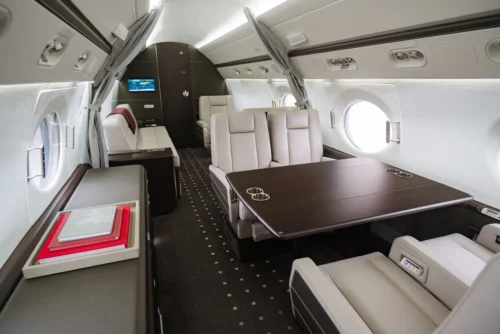
What impressed many first-time flyers, though, wasn’t the gadgets. It was how calm the cabin felt. Noise levels were low enough that you didn’t have to raise your voice across the aisle. Heated windows cut down on fogging and contributed to sound dampening.
And Gulfstream’s 100% fresh-air system meant stepping off after an eight-hour flight without feeling like you’d spent the night in a recycled-air office building.
What It Costs
If you’re looking at the G450 today, you’ll find it sitting in that sweet spot of the pre-owned market. As of 2024, prices run anywhere between about $9.9 million on the low end and nearly $24 million for later models built between 2006 and 2016.
Roughly 7 to 10 per cent of the fleet is usually on the market at any given time, and aircraft tend to sit for close to 300 days before finding a new owner. That tells us two things: buyers are selective, and sellers need patience.
On the cost side, the G450 isn’t cheap to run, but it holds its own compared to other large-cabin jets. Figure around $4,650 an hour once you add up fuel, maintenance, and reserves. Annual fixed costs come in at just under $870,000, covering your crew, hangar space, and insurance. On a typical 3,000-nautical-mile mission, you’ll burn through about 15,000 pounds of fuel, which is right in line for its class.
What It Gets Right
If the G450 had a calling card, it was reliability. Operators consistently praised how little downtime it demanded compared to some of its peers.
Range was another win. It wasn’t a transpacific champion, but 4,300 nautical miles was enough for almost every “bread-and-butter” city pair: New York–London, Los Angeles–Honolulu, São Paulo–Miami. And importantly, it could do it without asking you to leave bags or passengers behind. Payload flexibility was a real strength.
Where It Could Be Better
But the G450 had its share of quirks, too. Startup times were a sore point. Pilots learned patience when waiting for displays to come alive, which is not fun at 6 a.m. on a frosty tarmac.
The jet also earned a reputation for needing longer runways than rivals like the Falcon 900LX. At hot, high airports, the lack of leading-edge slats was a noticeable handicap. More than one operator called it “a jet that likes big runways.”
Operating costs weren’t brutal, but they weren’t light either. Fuel burn crept higher than some competitors, and engine overhauls came in at around $1 million. Not a deal-breaker, but certainly a factor when comparing options in the used market.
And finally, resale. As the G500 and G600 entered the picture, G450 values softened. Owners who bought at the top of the market found themselves taking bigger hits when it came time to sell. The jet still holds demand, but it doesn’t command the premium its reputation might suggest.
The Net Takeaway
The G450 was a dependable workhorse with just enough shine to keep owners proud and passengers comfortable. Its flaws, long startups, runway appetite, and ageing cabin systems were manageable, not catastrophic. In many ways, it was the kind of jet you measured not by its quirks, but by how rarely it let you down.

